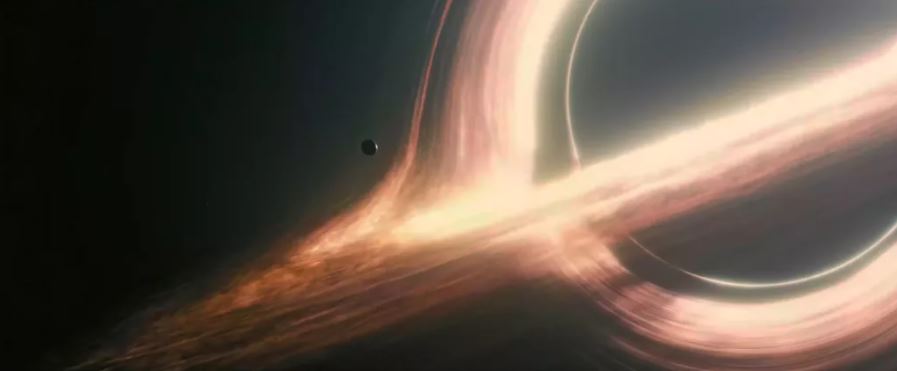Perhaps the most mysterious and intriguing thing in the Universe would be a region of infinitesimal small area around an infinitesimal dense point, popularly known as a Black Hole. The region where the current understanding of physical laws breaks down and the notion of even time and space is irrelevant, Black Holes do provide us an opportunity to understand our place in the cosmos. Invisible and hence not detected easily, we are dependent upon their effect on the nearby matter such as accretion disks and quasars to deduce their presence.
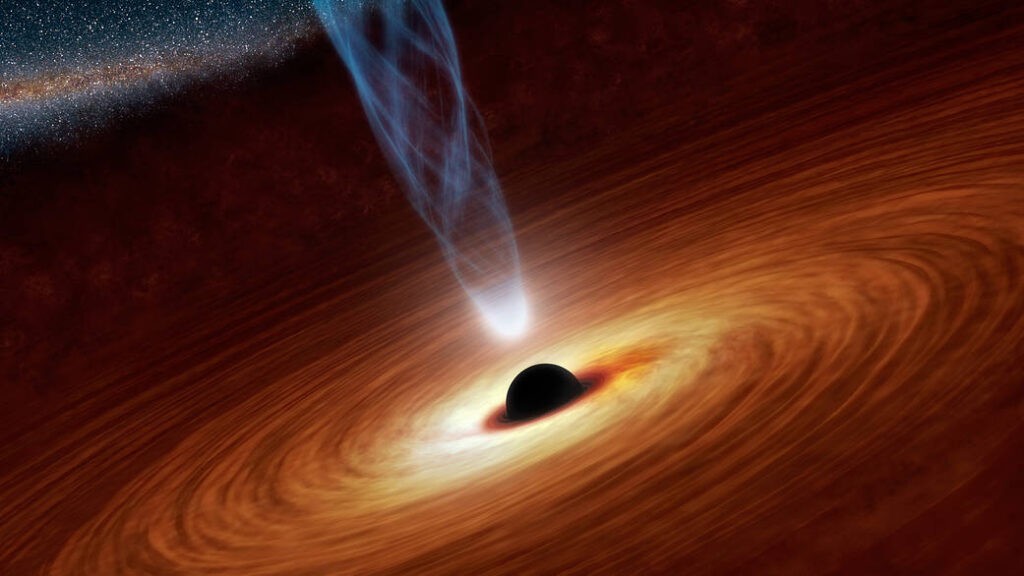
The emergence of the concept of Black Hole
Back in 1915, when Albert Einstein generalized his Special Theory of Relativity and came up with the General Theory of Relativity, the concept of Black Holes emerged as a consequence of the equations involved in the theory.
One of his contemporaries, a theoretical physicist named Karl Schwarzschild worked upon Einstein’s equations in 1916 and realized that any body having a mass can become a black hole if compressed tightly enough. He published his findings in the paper titled “On the Field of Gravity of a Point Mass in the Theory of Einstein”.
The term ‘Black Hole’, however, was coined much later in 1967 by John A. Wheeler, an American physicist.
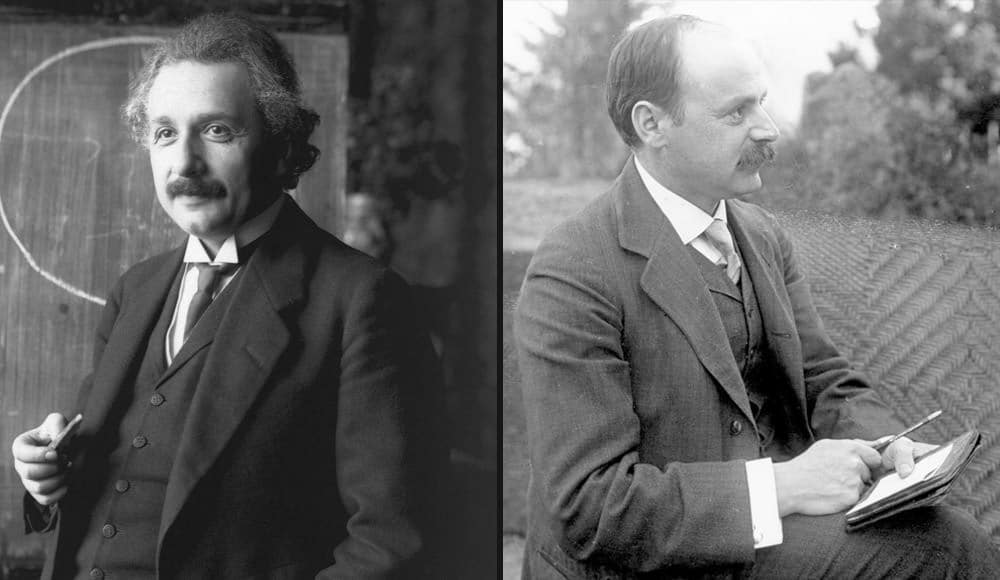
How is a Black Hole formed?
The first-generation stars were mostly Hydrogen atoms that collapsed from enormous gas and dust cloud under their own gravity. At their cores, the stars carry out nuclear fusion to form heavier elements that generate energy outward in the form of radiation. This radiation counterbalances gravity which is directed inwards and hence stars can maintain their shape and size by balancing these two forces.
The hot and massive stars continue the fusion process unlike the small stars to produce helium, carbon, oxygen, silicon, and other heavier elements. As this process progresses further, nuclear fusion forms iron. Iron being a very stable element does not easily fuse into heavier elements. It requires more energy to fuse than it can produce.
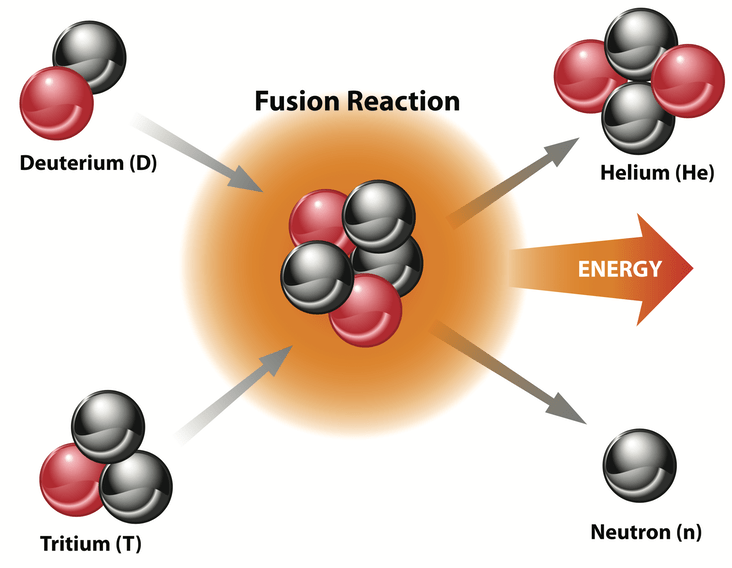
As a result, the balance gets broken, gravity overcomes the energy produced by nuclear fusion, and the star’s core collapses resulting in it to implode. This explosion is known by a term called a supernova. The less massive stars explode to form a neutron star while the massive ones form black holes.
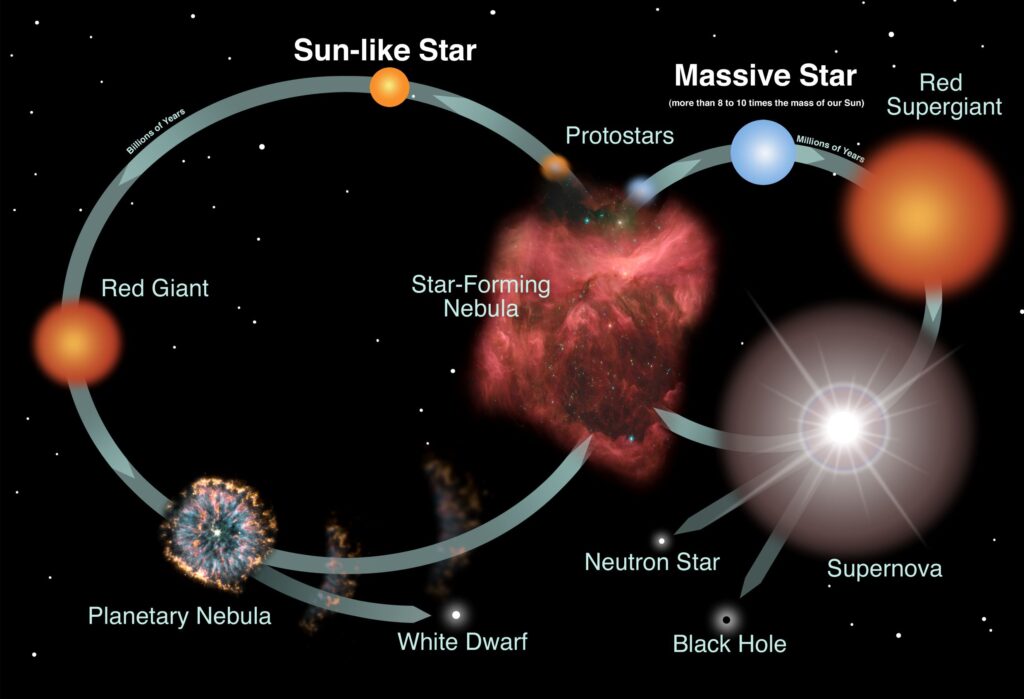
Types of Black holes
There are four types of black holes – stellar, supermassive, intermediate, and miniature. Stellar black holes have mass 10 to 20 times that of our sun. According to a new estimate by a team of astrophysicists, there are 40,000,000,000,000,000,000 i.e. 40 quintillion stellar-mass black holes in the observable universe.
Supermassive black holes have masses millions to billions times than our sun and usually reside at the center of the galaxies. Our own galaxy, the Milky Way, hosts a supermassive black hole at its center known as Sagittarius A* and has mass 4 million times that of our sun.
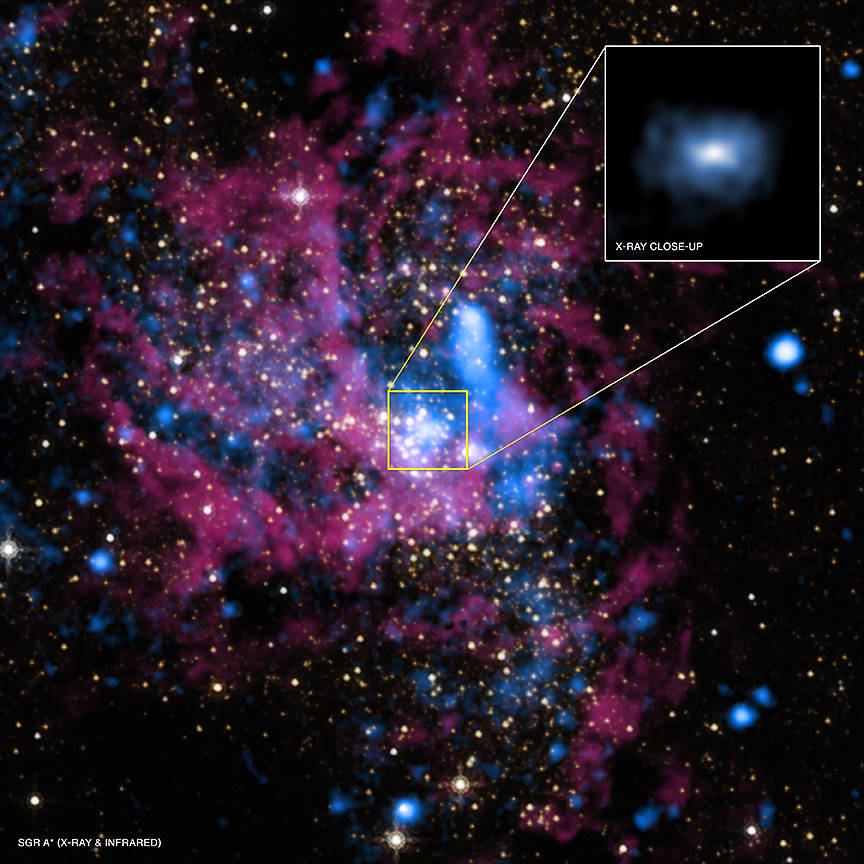
Black holes that have a mass between the stellar and supermassive black holes are called intermediate black holes but there has not been any evidence of such ones yet.
Miniature black holes are the smallest ones and currently exist only theoretically. Scientists believe that such black holes might have sprung to life at the creation of our universe, i.e. at the Big Bang but then quickly lost mass and evaporated.
Anatomy of a Black Hole
Event Horizon – Also known as the “point of no return”, an event horizon is the boundary or edge of the black hole beyond which nothing is visible and nothing can escape, as the required escape velocity would either equal or exceed the speed of light, which is a physical impossibility.
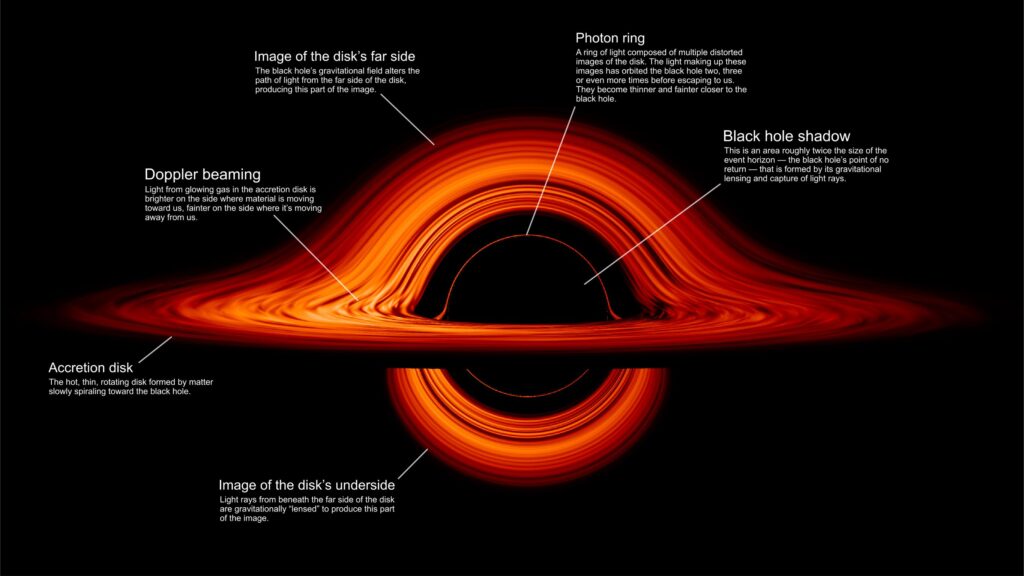
Accretion Disk – Matter including dust, gas, and other stellar debris that comes into the vicinity of the black hole but has not yet fallen into it, forms a flat band of spinning matter around the event horizon and is known as the accretion disk. Due to the enormous gravity of the black hole, these spinning matter gets accelerated to tremendous speeds and radiate energy in the form of X-rays and gamma rays which can be detected.
Singularity – It is the very heart of a black hole, a one-dimensional point that contains a huge mass in an infinitesimally small space with infinite density and gravity. The space-time curves infinitely and the known laws of physics completely breaks down.
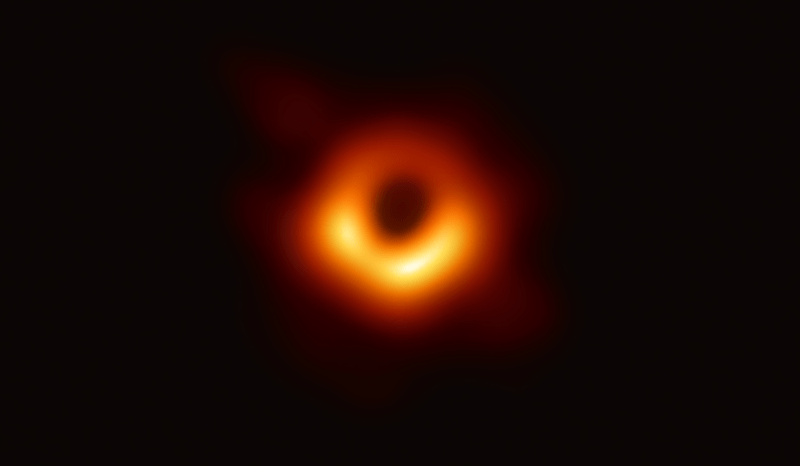
What’s really at the center of a black hole?
Even though the current notion of Singularity exists but it is the outcome of classical physics that itself breaks down at the very center of a black hole. Being mathematical in nature, any such equation involving singularities causes the mathematics to behave abnormally, typically by generating infinitely large values, and hence does not yield a real solution.
For the sake of simplicity, consider an equation of the form y=1/x, and when x approaches 0, the value of the equation becomes infinity.
To understand it better, we need a much better theory than the General Theory of Relativity because the situation at the center is of strong gravity on a minuscule scale. Also, sending a signal into a black hole doesn’t help either as even though the signal can be sent, nothing inside the black hole can ever communicate with anything outside it until we develop a theory of quantum gravity which was illustrated in the movie Interstellar.
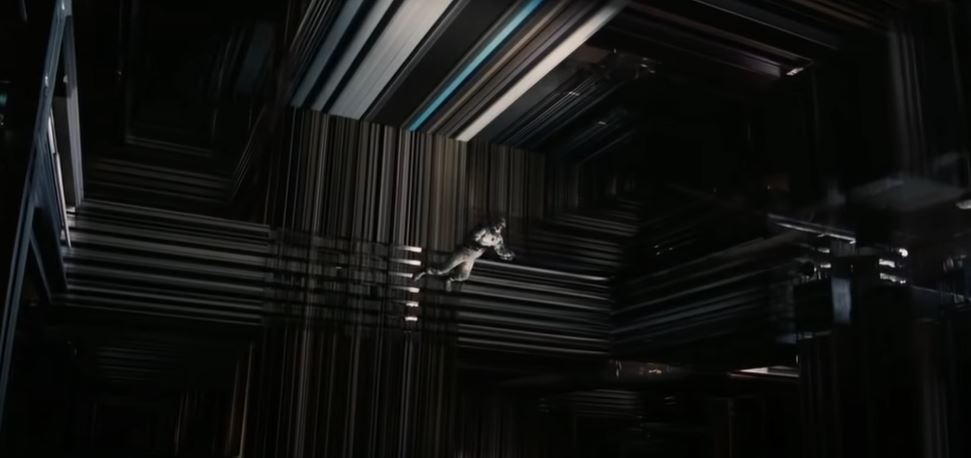
The possibilities are many – we might have a door to some other universe at the center of a black hole, maybe through a wormhole, or maybe the path to the center leads to a white hole where everything that gets sucked in, is thrown outside at the other side of the black hole. Or maybe, there is a Big Bang at its center which in our case arose from a point of small area and tremendous density, similar to the singularity itself.
On a philosophical note, the center of a black hole might lead us to an alternate reality, which at some point in our lives, most of us would have thought about it. And after traversing along the event horizon up till the singularity and beyond (if there is a beyond), the only question then to be answered would be – Would we be the real we in that reality?

